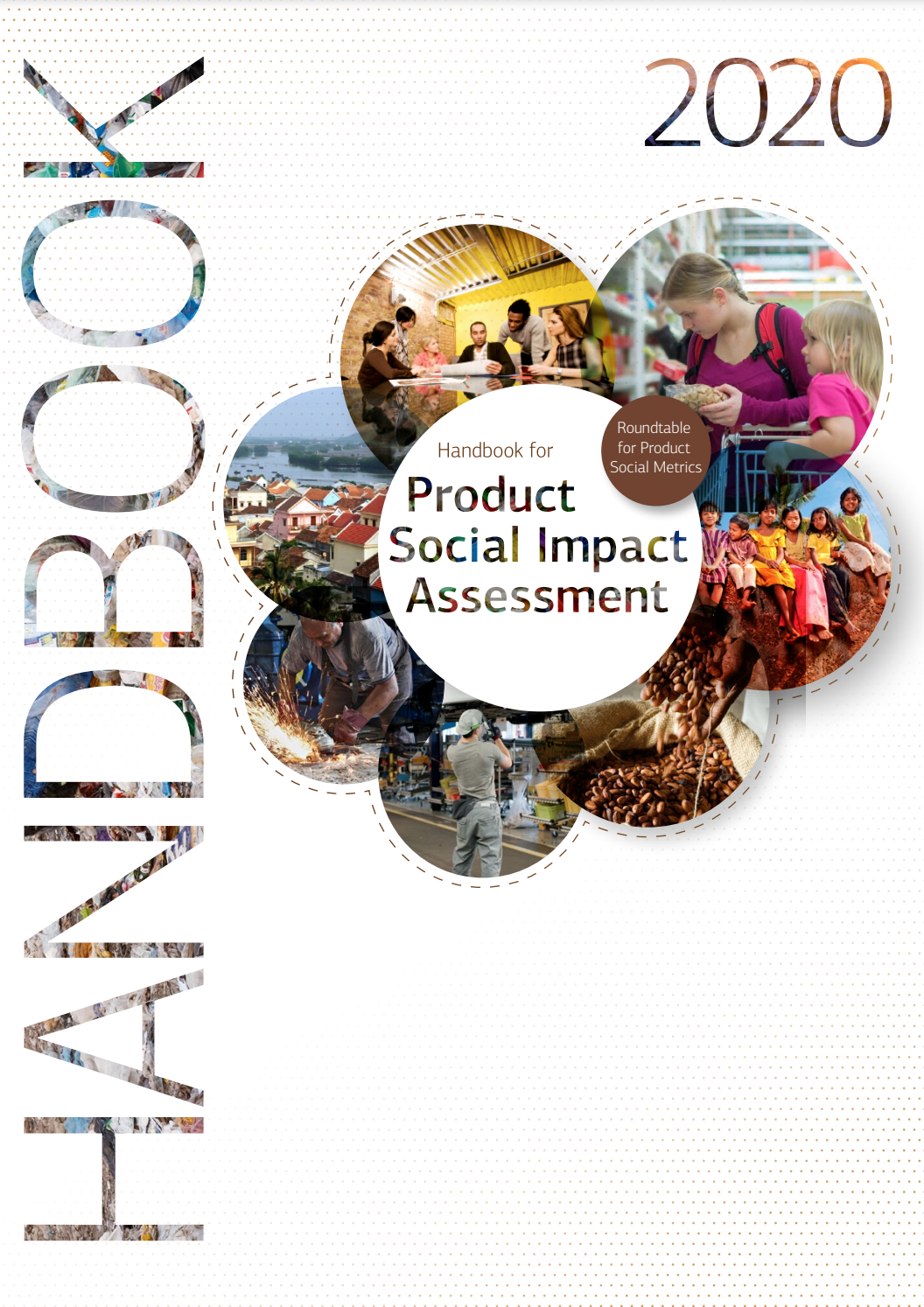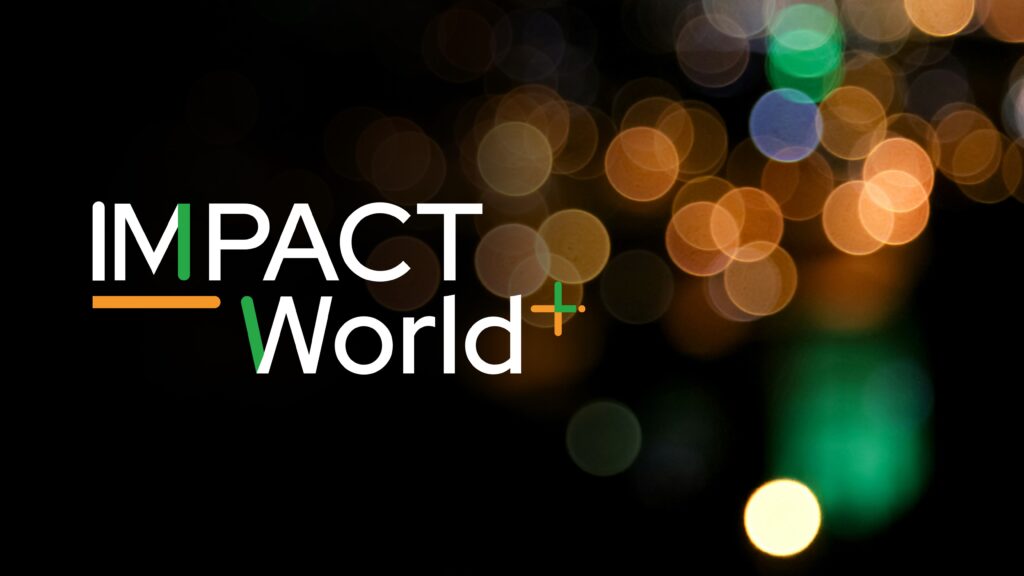
The aim of this project is to develop a methodology for quantifying direct and indirect GHG emissions that is homogeneous for all healthcare and social services institutions, adapted to their context, scientifically robust and easily operational.
Sara Russo Garrido participated in the full formal academic review of the Product Social Impact Assessment Handbook with the Product Social Impact Assessment Partnership led by Pré Sustainability.

 The Handbook for Product Social Impact Assessment (PSIA) describes a consensus-based methodology to assess positive and negative social impacts of products and services on four stakeholder groups: workers, local communities, small-scale entrepreneurs and users. Uniquely, the methodology focuses on assessing social impacts of products and services over the entire value chain. This approach is sometimes also referred to as Social Lifecycle Assessment or Social LCA.
It is important to be aware of some key differences between environmental life cycle approaches and social life cycle approaches. Social LCA is not just an extension of environmental LCA. While we can assume 1 kg of CO2 is half as bad as 2 kg we cannot say 10 slaves working is half as serious as 20 slaves working. Companies want zero slaves, but do accept some CO2 emissions. Likewise we can more or less predict a range of emissions of steelmaking as many companies use the same blast furnace technologies, some will do this more efficient than others. The social impacts with steel manufacturing however can vary widely between two different companies. In fact the conditions in a steel company can be as bad as in a cotton farm. There is a very weak correlation between the technology and the social conditions. This difference has huge consequences for the data collection procedures.
There are four basic steps in the Handbook, (1) Prepare, (2) define Goal and Scope, (3) identify Hotspots and (4) apply our impact assessment procedures. The Reference guide below can be downloaded as PDF; click on the figure.
The Handbook for Product Social Impact Assessment (PSIA) describes a consensus-based methodology to assess positive and negative social impacts of products and services on four stakeholder groups: workers, local communities, small-scale entrepreneurs and users. Uniquely, the methodology focuses on assessing social impacts of products and services over the entire value chain. This approach is sometimes also referred to as Social Lifecycle Assessment or Social LCA.
It is important to be aware of some key differences between environmental life cycle approaches and social life cycle approaches. Social LCA is not just an extension of environmental LCA. While we can assume 1 kg of CO2 is half as bad as 2 kg we cannot say 10 slaves working is half as serious as 20 slaves working. Companies want zero slaves, but do accept some CO2 emissions. Likewise we can more or less predict a range of emissions of steelmaking as many companies use the same blast furnace technologies, some will do this more efficient than others. The social impacts with steel manufacturing however can vary widely between two different companies. In fact the conditions in a steel company can be as bad as in a cotton farm. There is a very weak correlation between the technology and the social conditions. This difference has huge consequences for the data collection procedures.
There are four basic steps in the Handbook, (1) Prepare, (2) define Goal and Scope, (3) identify Hotspots and (4) apply our impact assessment procedures. The Reference guide below can be downloaded as PDF; click on the figure. 
The aim of this project is to develop a methodology for quantifying direct and indirect GHG emissions that is homogeneous for all healthcare and social services institutions, adapted to their context, scientifically robust and easily operational.

Regioinvent is a Python module that connects ecoinvent to an international trade database (BACI) to ultimately achieve a complete regionalization of the ecoinvent database.

IMPACT World+ is a globally regionalized method for life cycle impact assessment (LCIA).
Privacy Policy | Cookie Policy | Manage consent
© CIRAIG 2022 – 3333 ch. Queen Mary, Montreal, QC